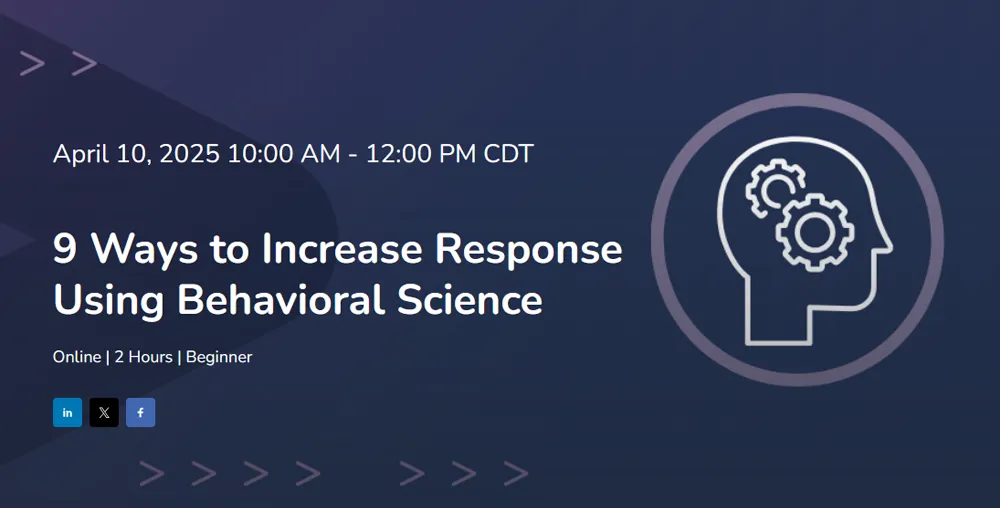Optimizing your website to generate leads is an essential step in creating a dedicated user base. Unfortunately, it’s not as simple as adding a pop-up on your website that says “click here” while you sit back and watch your leads come through the door.
With companies competing for customer attention in an incredibly crowded market, staying relevant and top of mind can be a monumental task for businesses. Converting your prospective customers into leads doesn’t come without challenges but has its rewards.
In a report by Hubspot, almost 63% of companies believe that generating leads and traffic is the greatest marketing challenge they face. With so many companies facing the same problem, it’s critical to come up with a website optimization strategy that works for your business. To help you get started, I’ve come up with a list of best practices that you’ll want to have to drive traffic to your site.
Optimizing Your Website
Before you get started you should know that there is no definitive way of improving your website to get leads. Factors like your company’s vision, where you operate, and type of customers present in the market all are factors that you should consider when making improvements to your website. In other words, the following optimization techniques will depend on your company’s goals and your target market.
1. Conduct a Conversion Audit
Conversion audits is the first step to optimizing you’re your website. When you dive deep into understanding your customer base, they give you insight and background such as visitor behavior, demographics and where they are in conversion funnel which play a big part in helping you determine how to increase your conversion rate.
Keep in mind that if you can identify problems and make the necessary changes to rectify them before launching your marketing campaigns, it would reduce advertising dollars and provide you with a much stronger base to start. Having a solid foundation will help you in reaching those desirable conversion numbers much faster.
It is worth mentioning that many web design companies or agencies are great at creating appealing websites; sadly, they are not conversion rate experts. Performing a full-scale conversion audit is well worth the modest out-of-pocket expense.
2. Enhance Your Website Speed
The speed of your website is one of, if not, the most important factor for your website’s performance. If your website is slow to load or not fast enough to keep up with the customers, your customers will leave and go elsewhere. The unfortunate truth is that the customers won’t care much for a well-designed and well-created website when it is too slow to load.
That is not to say that you should focus too much on the speed your website and completely sideline the design and aesthetics. However, you should find the right balance between the two and be ready to give up intricate design features for speed and vice versa.
With technology getting faster and faster, don’t fall back on your customer’s expectations with a slow website. You can use Google PageSpeed Insights to increase the speed of your website.
3. Make Mobile Users Your Top Priority
With all the effort going into the current generation of mobile phones, businesses are making it a top priority to enhance the speed, UI/UX and the experience so people can continue accessing data through their smartphones . Therefore, if your website is not optimized for mobile then you’re missing out on a significant customer base.
To make matters even more challenging, Google now gives higher priority to websites optimized to run on mobile phones.
4. A/B Test Your Website
While optimizing your website for design and speed, you’ll want to A/B test your website improvements before making permanent changes to the site. With the A/B testing, you’ll want to make a variation of the original website and equally divide your traffic among the two. So, if your original website is variation A, the website with changes will be variation B, after which you can track the difference in conversions for both websites.
However, before you can implement the A/B testing method, you will first have to identify what change you are making and have a clear goal for what you wish to achieve with this test. So, don’t try to change everything at once. Make small, incremental changes to the layout and see how it reflects on your customers.
If you’re looking for a tool, consider A/B Tasty is an effective A/B testing resource.
5. Analyze Your Google Analytics Data
When you know what types of traffic sources are not generating conversions and what your visitors are doing before they convert, it will help you make significant changes. For example, if you could identify that a bulk of your social media traffic did not convert, then you could allocate more of your social media budget to those channels that were generating results.
Similarly, if you could identify that a majority of your conversions were interacting with your blog before converting, you could considerably increase both your content to the blog as well as utilize distribution outlets, like Taboola and Outbrain to attract more traffic to the blog.
6. Make the Website Accessible to Everyone
While this may seem obvious, webmasters don’t always focus on accessibility. By keeping your website accessible, we mean keeping it simple: “If it ain’t broke, don’t fix it.” Don’t make things overly complicated or flashy. This will only alienate your audience and may be a turn off to your customers.
However, making your website accessible does not mean neglecting style. Make your website pleasing to the eye, but not at the expense of the accessibility of your users.
7. Focus on User Experience
The user experience of your website depends greatly on the user interface of your website, so the more attention you put into your user interface, the more willing people will be to visit your website.
Some of the factors that affect user experience include speed, accessibility, diversity, and style of your website, among other things.
Other than making your website more appealing, these factors translate in creating the ultimate user experience. Neglecting these factors can greatly impact your customers and cause them to leave your site.
8. Incorporate Trust Signals and Testimonials
If your website visitors trust and rely on your business, they are more likely to submit their information, download your content and potentially make a purchase. Some of the ways you can instill trust is by including testimonials from your existing customers, seeking and prominent industry partners.
Also, showcasing awards, accreditations, or recognition may help your brand seem established, credible and reliable. That said, don’t make the mistake of creating phony testimonials, as they will discredit your brand.
9. Use Conversion Optimization Tools
Improving your conversion rate is a never ending battle that requires testing and optimization. To make your conversion rate optimization efforts easier, here are a few tools to help you achieve better ROI results.
- Google Analytics allows you to track website behavior and reports on visitors, engagement, traffic sources, content, and e-commerce sales.
- Usertesting.com is a giant marketplace to find testers for your website or application.
- Crazy Egg offers heat maps, click maps, scroll maps, and other features to better visualize how users interact with your site.
- HubSpot offers marketing automation software that allows you to build a complete inbound marketing funnel on your website, as well as perform A/B tests and deploy personalized content for enhanced CRO.
- OptinMonster is the #1 lead generation tool. It allows you to create, execute, manage, and analyze your conversion forms, all in one place.
- AB Tasty is one of the most comprehensive AB testing and multivariate testing apps you’re going to find.
- Kissmetrics allows you to track users through the buyer journey, segment your optimization, and much more.
- VWO is a complete conversion optimization toolkit for brands with a long-term vision for better business performance (A/B testing, heatmaps, visitor recordings, etc.).
- Optimizely X allows you to show different messages to users based on their previous actions.
10. Nurture Your Leads
It is important to understand that web traffic coming onto your site will not convert into leads instantly. Most customers are not willing to give out their information to a company that they visited only once, so you’ll have to give them a reason to come back. You can do this by nurturing your leads.
“How do you nurture your leads?” is a question that merits its own discussion however, most major companies use marketing automation to nurture their leads: 79% according to Pardot. Instead of focusing on simply selling your product, you should instead focus on creating a nurture program and gaining the trust of your customers.
Conclusion
Optimizing your website is a lot easier said than done. While it may seem quite easy on paper, optimizing your website is a rigorous process of trial and error that requires a lot of patience on your end. From nurturing your leads to properly using A/B testing along with other optimization tools, there is a multitude of ways for you to optimize your website.
In conclusion, since lead conversion is essential to business functioning, lead conversion is all the more effective with a well-optimized website. So, if you wish for your website to achieve its fullest potential, you will have to optimize your website to meet the standards your customers.









Comments are closed.